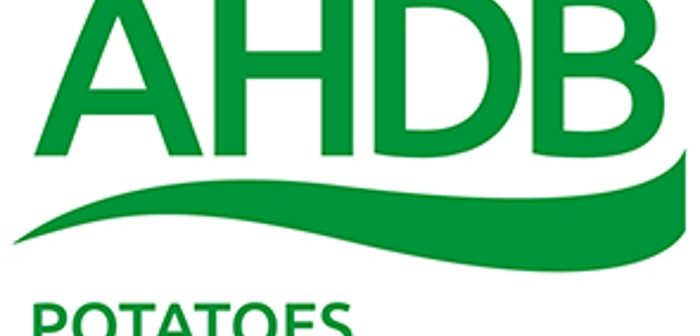AHDB Potatoes has launched a new website to help combat the industry’s most threatening disease.
Blight.ahdb.org.uk will allow industry experts to report blight outbreaks more efficiently than ever before.
Late blight, caused by the pathogen Phytophthora infestans, remains the single most important disease for the British potato trade. Spreading quickly in the foliage, a typical blight pressure season can cost the industry about £55 million a year in a business-as-usual scenario.
Understanding UK outbreaks
With such a significant impact on the industry, it’s important to respond quickly and raise awareness of the risk associated with its changing strains. As a part of its research into blight populations, AHDB Potatoes’ highly successful Fight Against Blight campaign has been redeveloped and modernised to capture more UK blight outbreaks than ever before.
Fight Against Blight, which started in 2006, is a sampling service which notifies the industry of outbreaks and risk throughout Great Britain.
Anonymous samples are collected from around the country by a team of volunteer Blight Scouts and sent to FERA (Food and Environment Research Agency) for initial tests. All positive results are then sent to the James Hutton Institute for detailed analysis.
Claire Hodge, Knowledge Exchange Manager for AHDB Potatoes, said: “The campaign has been highly successful in monitoring the pathogen population and how we compare in terms of strains to other parts of Europe.
“However, blight as a disease changes from season to season and it’s up to us to keep researching in order to combat those changes.
“Advances in technology help us to do that, and the introduction of our new website will make it easier than ever to report outbreaks and stamp out blight at the earliest opportunity.”
She added: “Growers should check whether their agronomist or key staff are part of the Blight Scout network and that their crops are being effectively scouted.”
Anyone who would like to volunteer as an AHDB Blight Scout can do so by visiting the new website and registering their details.
The Hutton Criteria – AHDB Blightwatch update
Another area of significant change is the introduction of the Hutton Criteria to forecast periods where crops will be more susceptible to blight.
Hutton Criteria occur when there are two consecutive days with a minimum temperature of 10°C and at least six hours of relative humidity (90%).
Arising from research funded by AHDB Potatoes and undertaken by the James Hutton Institute, the Hutton Criteria is a significant advancement on the 60-year old Smith Period, which used wider ranges of temperature and longer periods of humidity
The new criteria will improve the reliability and reach of blight risk reporting in time for the 2017 blight pressure season. The new website will now work with the new criteria to help support decisions, refine action plans and re-empower growers against blight.
In order to allow agronomist and growers to manage risk in crops and reduce the spread of blight, AHDB’s Blightwatch service will send weather-based alerts and forecasting, based on Hutton criteria, which you can sign up to by visiting www.blightwatch.co.uk .
Claire Hodge, said: “The Smith Period has been immensely valuable in assessing blight risk to date but the introduction of these new criteria, along with our own advances in technology, means we are looking to once again improve on previous results.”




